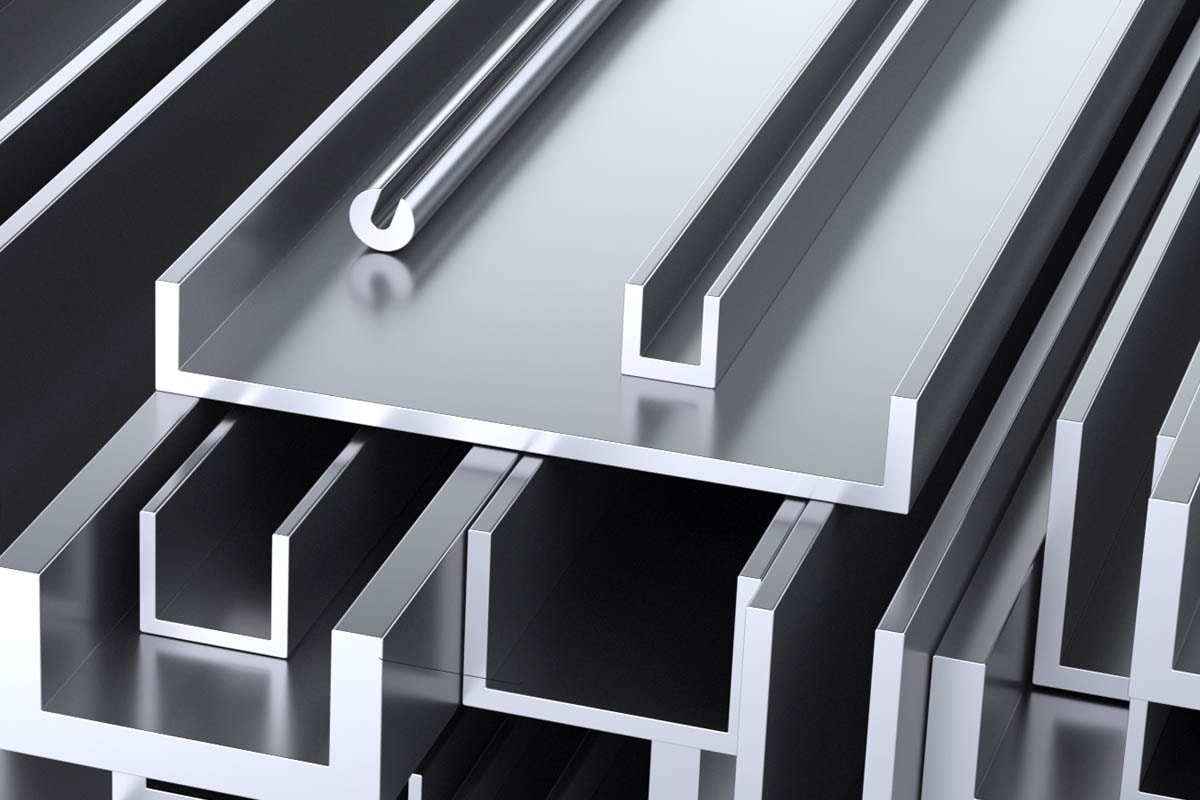Channels
The Amazing Versatility of Aluminum Channels
Aluminum has got to be one of the most under-appreciated building materials in existence. It’s rigid but relatively easy to bend. It’s strong, but it’s light. It’s cheap and recyclable. Aluminum is also a nice, shiny metal that can be finished in a number of different ways to look very attractive. It’s no wonder that so many professional builders like to use aluminum applications. Channels are perfect for aluminum because they offer a lot of versatility in their own right.
What is an aluminum channel?
An aluminum channel is quite simply a U-shaped piece of aluminum that can be used for a variety of building functions. The depth of the U, the thickness of the aluminum and the overall size of the piece are all variables that can be adjusted to suit the particular task when the channel is built. Even the U shape is somewhat subject to interpretation, as some aluminum channels have wide U’s and others have very narrow ones. Some even have one side of the U shorter than the other. These pieces, being made from aluminum, are lightweight and easy to handle, cut, weld and form, but the U shape creates a nice, rigid form that can bear a fair amount of weight.
Applications
Aluminum channels are used in building, fabricating, decorating and reinforcing. Some of the common uses for these metal construction materials might include being used as brackets, framing doors or windows, being used to build furniture, being used to create store fixtures or simply put inside of a flimsier material to give it some rigidity. Aluminum channels are also very popular for use in the construction of elevators and elevator shafts. These aluminum applications can be adorned with an attractive finish, as well, making it very nice for framing mirrors and fountains, being used to create a sculpture or any other decorative uses.
Who Uses Them?
The users of the aluminum channel are almost as diverse as the uses themselves. Contractors, of course, use these versatile building materials often, as do engineers and architects. More and more, artists and interior designers are using them because of their versatility, strength, and attractiveness.


